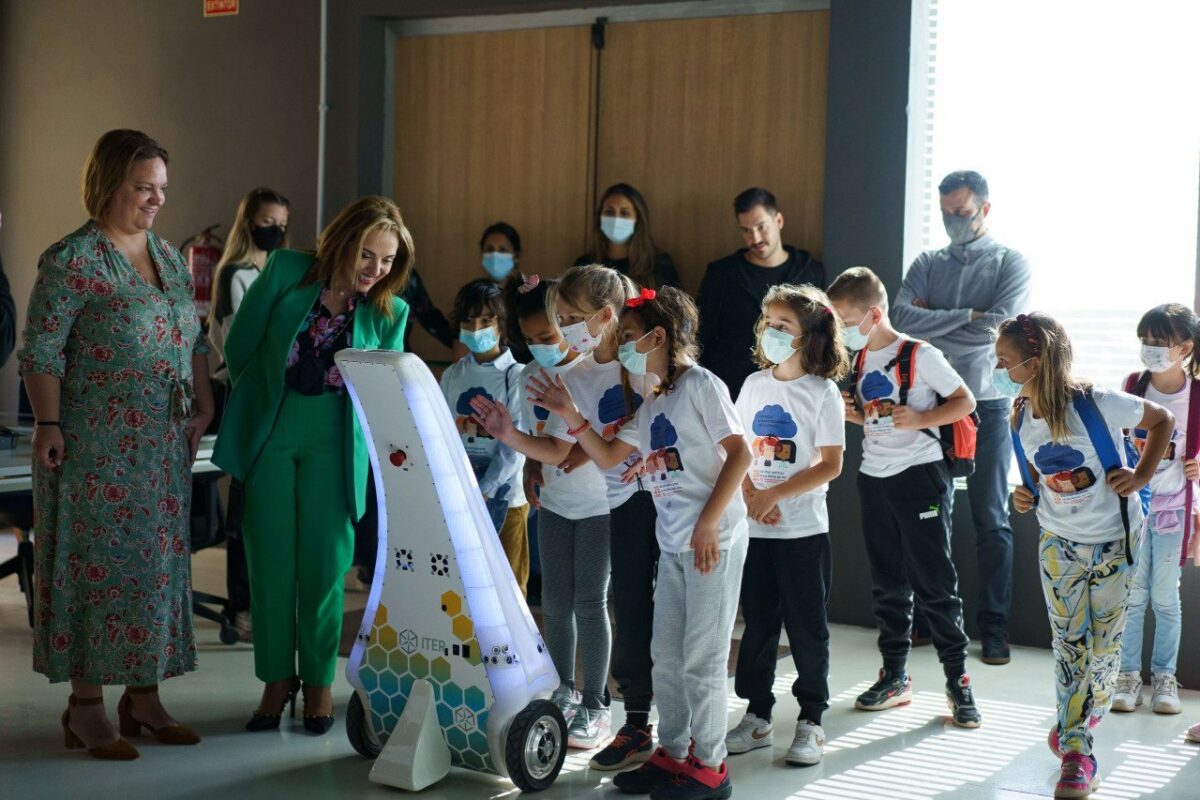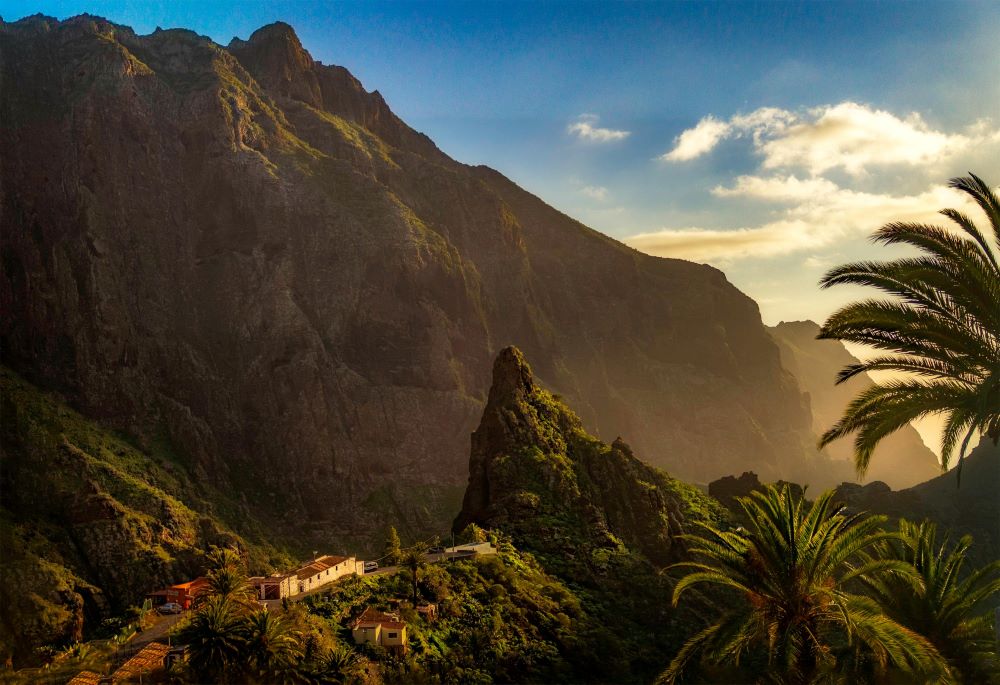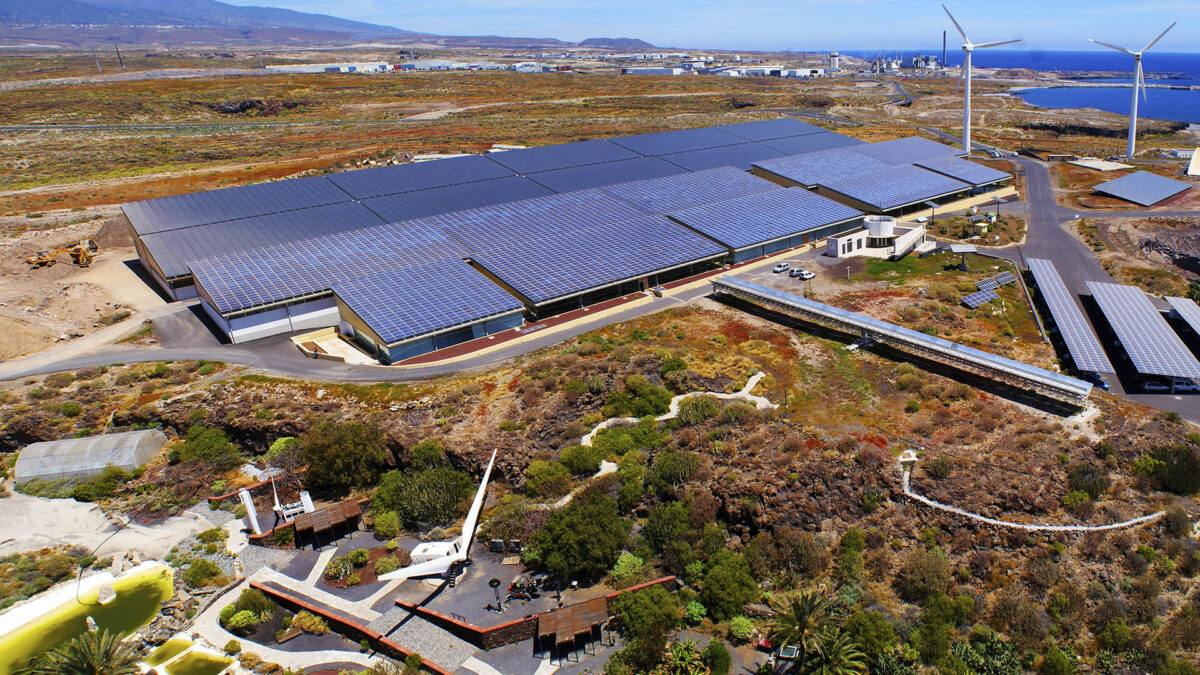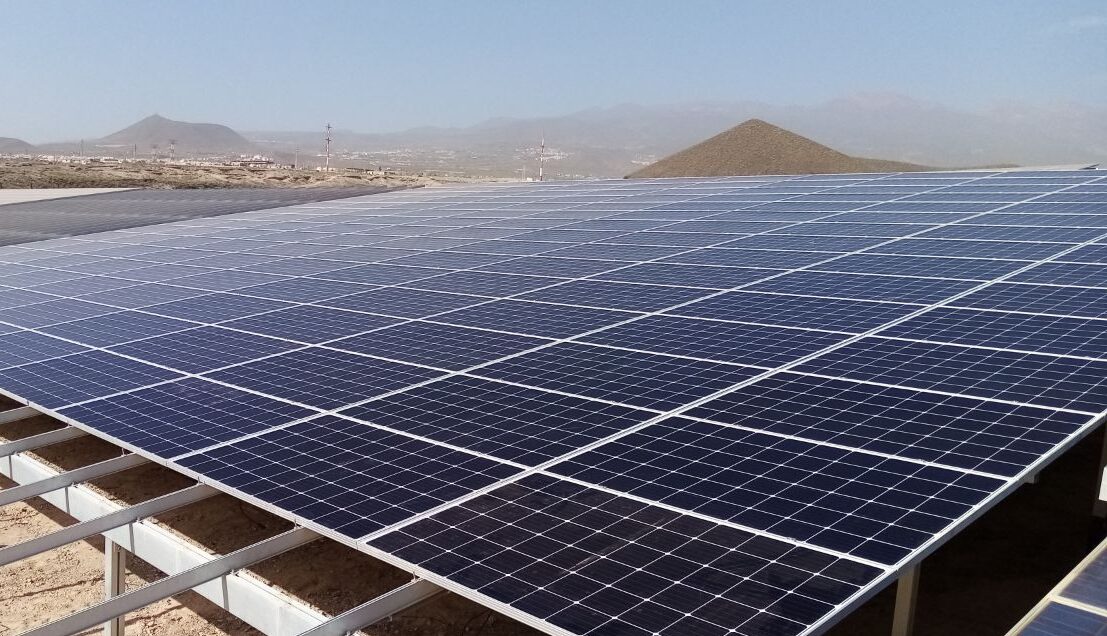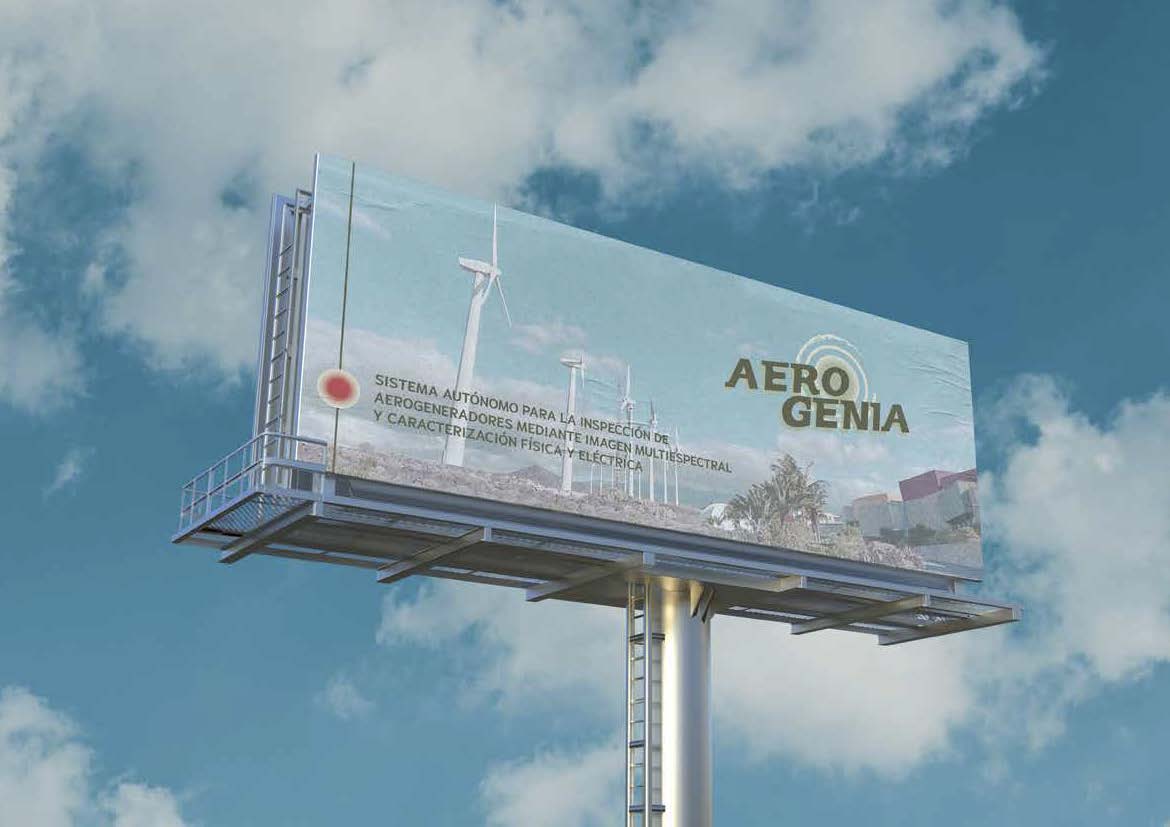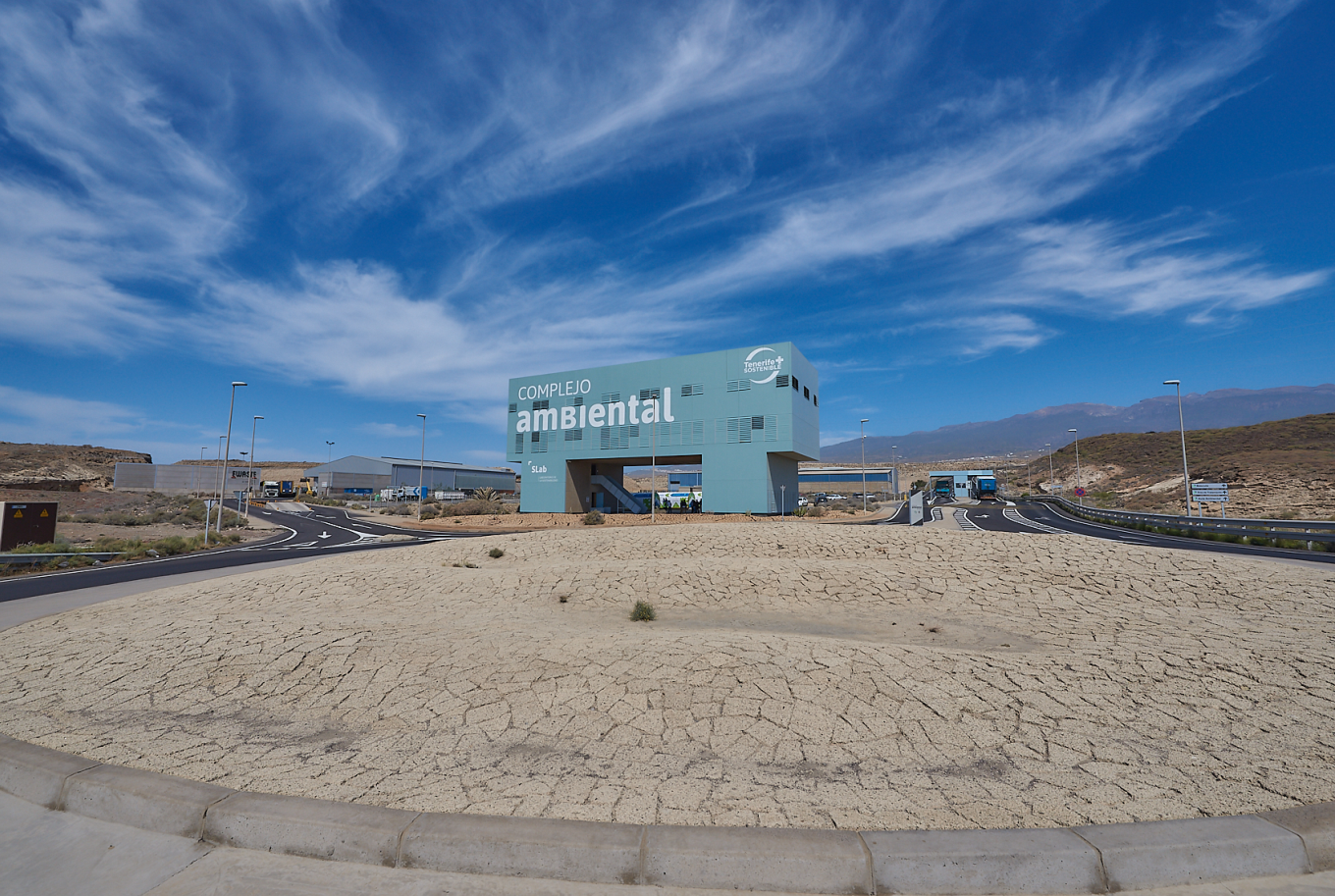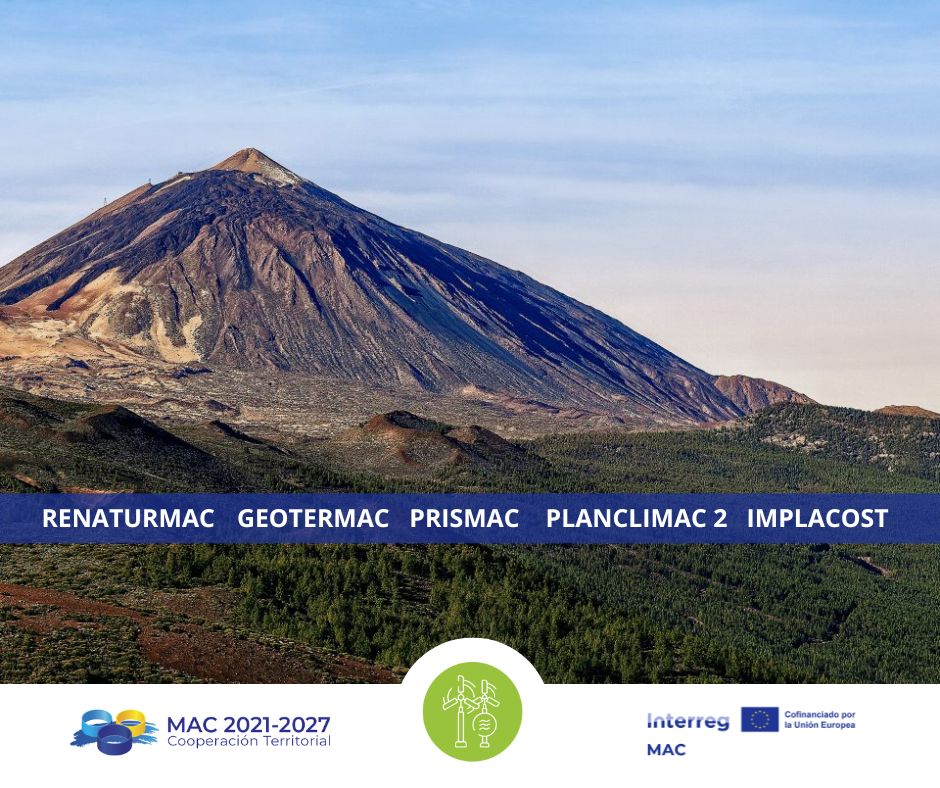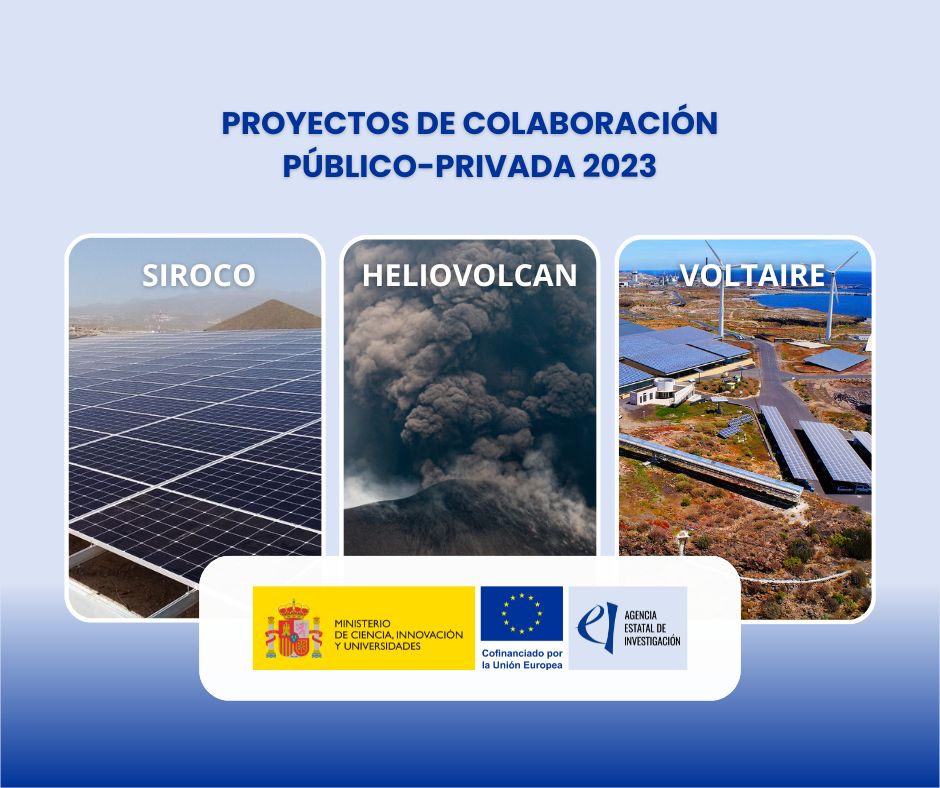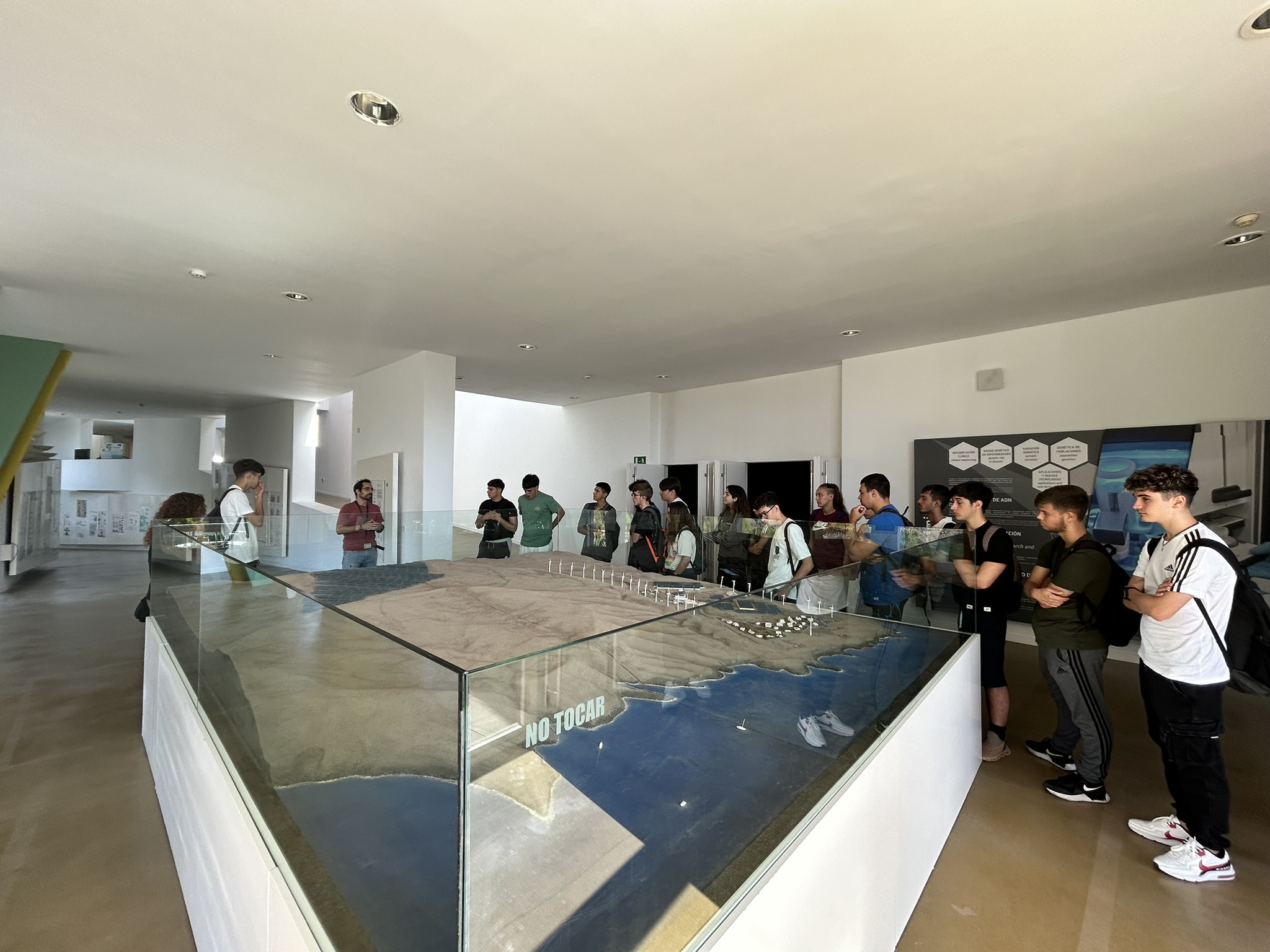Visitor Assistance Robot
Data
Acronym: MARYSOL
Partners: Instituto de Astrofísica de Canarias (IAC), Museos de Tenerife e Instituto Tecnológico y de Energías Renovables (ITER).
Duration: 2017-2021
Budget: Internal
Financing: Internal
Project overview
ITER has a Visitor Centre and a Renewable Energy Walk where various installations are on display to introduce the public of all ages to the interesting world of renewable energies. With the aim of introducing a technological component to these visits, aligning with one of the company’s lines of activity, the suitability of developing a courtesy robot to complement the information communicated by personnel is considered.
Through a collaboration agreement between the autonomous organization of museums and centers of the Excmo. Cabildo Insular de Tenerife, the public company Grantecan S.A., and the public company Instituto Tecnológico y de Energías Renovables S.A., the development of the “visitor assistance robot” project has been structured.
Marysol, the ITER version of this visitor assistance robot, is a robot with a two-wheeled drive system that is capable of navigating the visitor center autonomously, being able to locate itself and avoid obstacles while moving and at the same time interact with the environment through voice commands and a touchscreen interface.
Conceptually, the robot will serve as a platform for future developments, and all generated resources and results will be made publicly available for use by other users and/or entities. For this reason, a modular development methodology has been chosen, with participation in all parts of the process and employing open-source development tools and libraries. For its fabrication, additive manufacturing and 3D techniques have been used to minimize costs and allow it to be economically replicable by any other entity or person.
For the implementation of the autonomous motion planning system in an area or enclosure, the static and dynamic elements of its environment have been taken into account. Through sensor fusion, information from ultrasonic sensors for the detection of dynamic obstacles is combined with information from the stereoscopic camera for navigation in the environment.
Regarding the structure, a modular design has been chosen upon which the robot is mounted. Once the design was confirmed, the fabrication of the parts that compose the structure proceeded, employing 3D printing, laser cutting, and CNC techniques.
The development is expected to be complemented by adding the following functionalities:
- Voice control to interact with and command the robot.
- Visual communication system to provide feedback to the user.
- Integration of computer vision techniques in the robot for person recognition, object tracking, etc.
- Development of content for playback and visualization on the robot’s monitor.
Links of interest:


